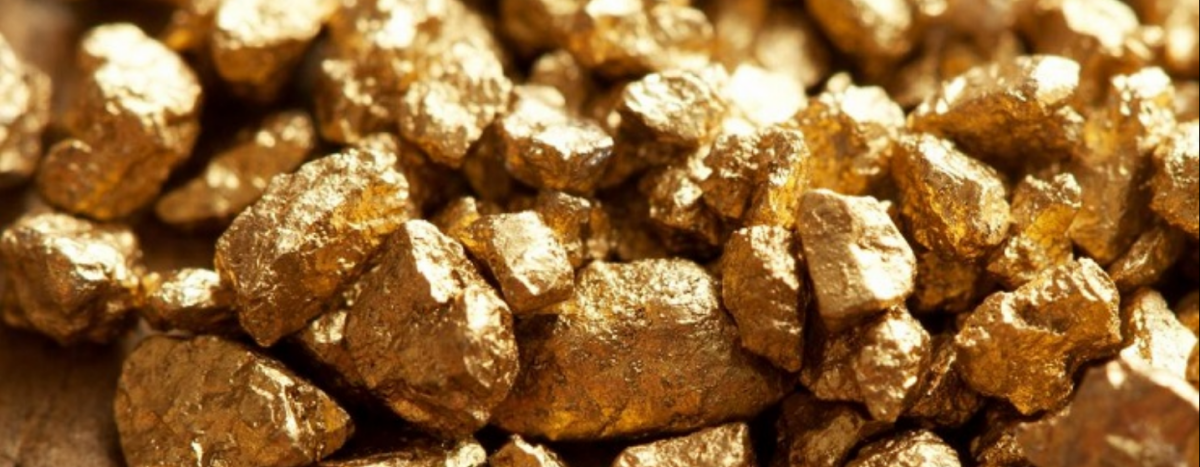Tarsis
The Golden Mines of Tartessos
Far above the plains of Andeval, Tarsis sits.
A golden bastion of industry and workmanship sprawling across the peaks and sides of of the Aracene Ridge. You could call it a city, for it has all the markers.
It has the population for a city, and visitors flow in an out from as far away as Tyr and Frigya.
It has the infrastructure, the layers of walls and criss-crossing aqueducts.
Yes, you could call it a city, but Tarsis is not a city.
Tarsis is a mine.
Within it's bustle and hustle of merchants and bureaucrats and the peddlers of food and wine, sit deposits of copper, gold, pyrit, wood iron, and orichalcum. Some to sell, some to make dyes and tints, and some--they say-- to make strange magics, lights, and fires.
From this, they say, the river Luxia gets its name, glowing faintly on its course all the way to the golden city of Atalaia.
Government
Though Tarsis trades with any nation willing to pay, it is a Tartessian state and thus sends dues and tribute down to Atalaia twice a year in exchange for defensive forces and safe travel down the Luxia.
Now, with two thirds of Tartessos gone, including its capital city, Tarsis must renegotiate with those Tartessian states still standing, or else get ready to defend its vast wealth alone.
Though the city is still run by Tartessian officials, the mines themselves are full of Celtici, and A Phonecian town at the foot of the Tarssian mountains is already arming, its sights set on the mines above.
Industry & Trade
Tarsis is first and foremost a mine.
It's fame is as both a copper mine, and a gold mine.
But it's economic standing comes mostly from it's processing of pyrit and wood iron.
Alchemical refinement of pyrit into vitreol produces a liquid that is a main ingredient in several hellenic explosives as well as a devastating agent itself.
Wood iron, though not as strategically valuable, produces a deep golden dye, able to make even the coarsest fabric seem as if spun of solid gold.
The existance of orichalcum is whispered about in the tunnels and alleyways of the city above, for it is illegal to sell to those not of Tartessian blood. As such, it's production is almost mythical in nature.
History
The history of Tarsis is long and shrouded in mystery-- intentionally so.
Those who know of its existence prefer to keep it a secret, for although it produces regular riches such as gold, it is best known for it's subtle vitriols and spectacular dyes.
Indeed, the kings of Frigya, particularly Gordion and his son Midas, spent well and deeply on the golden dyes made from wood iron at Tarsis. They dyed their court in gold, down to the last floorboard and bolt of cloth. And who, if they had known the source of that spectacle and splendor, would have believed in Midas' golden touch?
Natural Resources
Minerals, for the mine.
Alternative Name(s)
Tharsis (Greek), Andeval, Tarshish (Semitic), Tarssissi (Akkadian)
Type
City
Inhabitant Demonym
Tarssian
Remove these ads. Join the Worldbuilders Guild









Comments